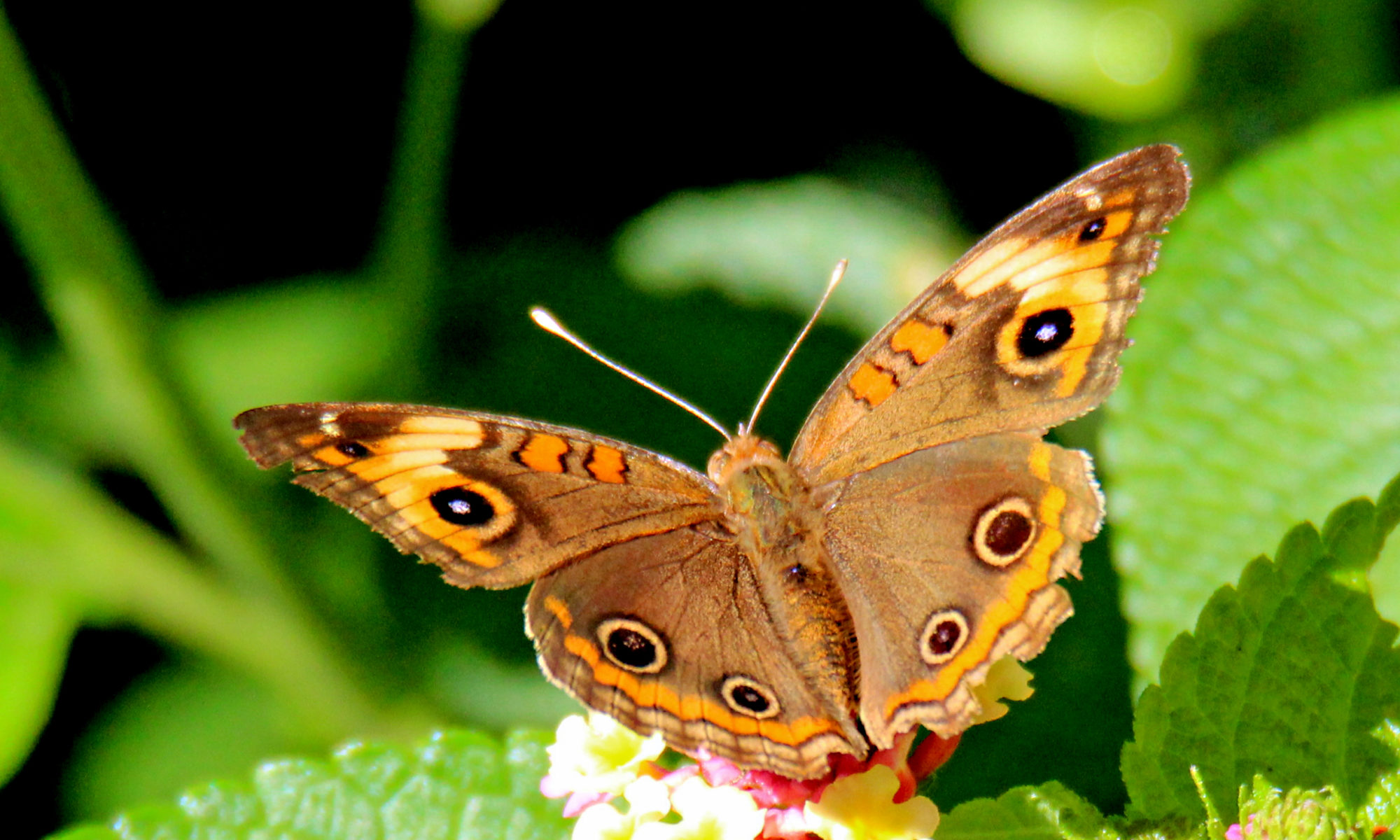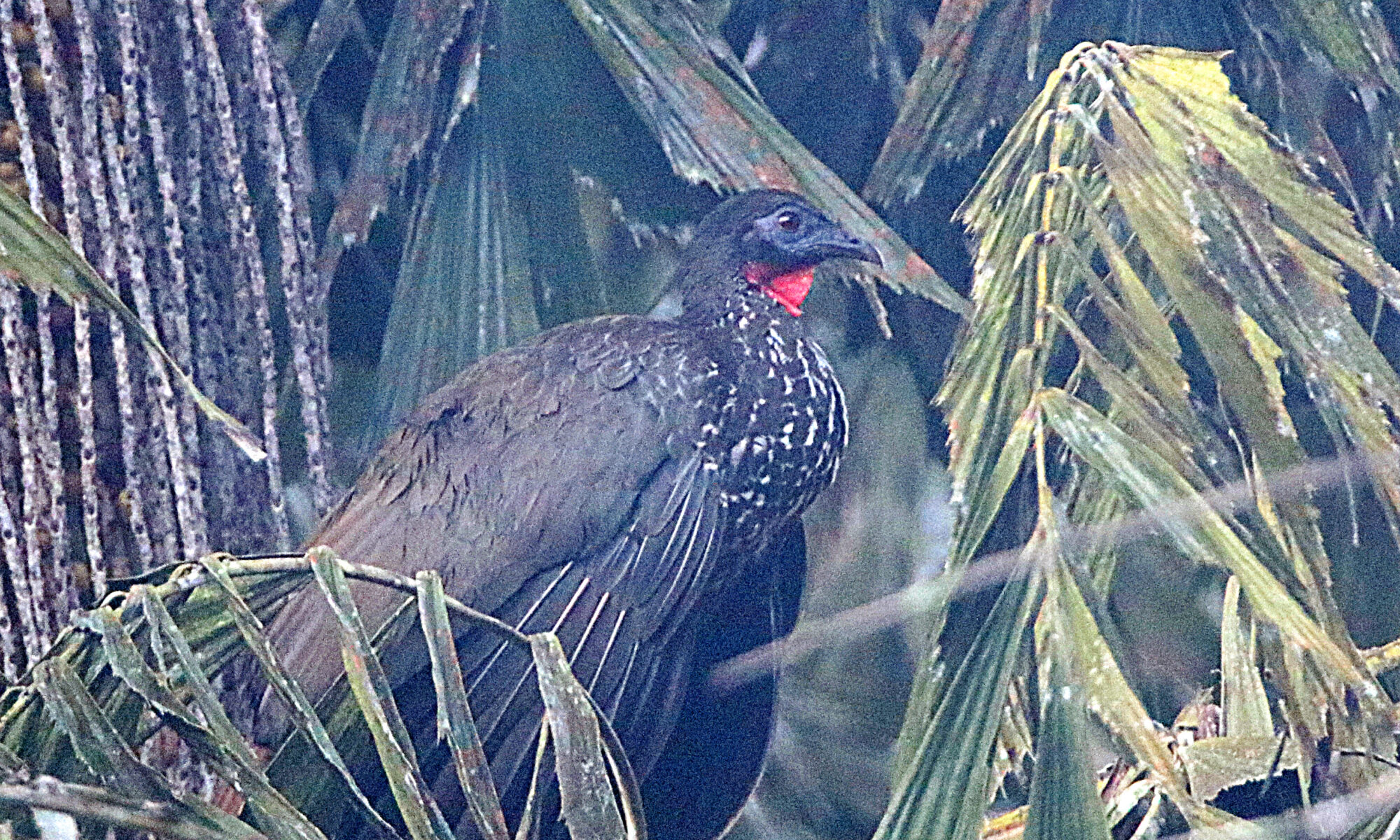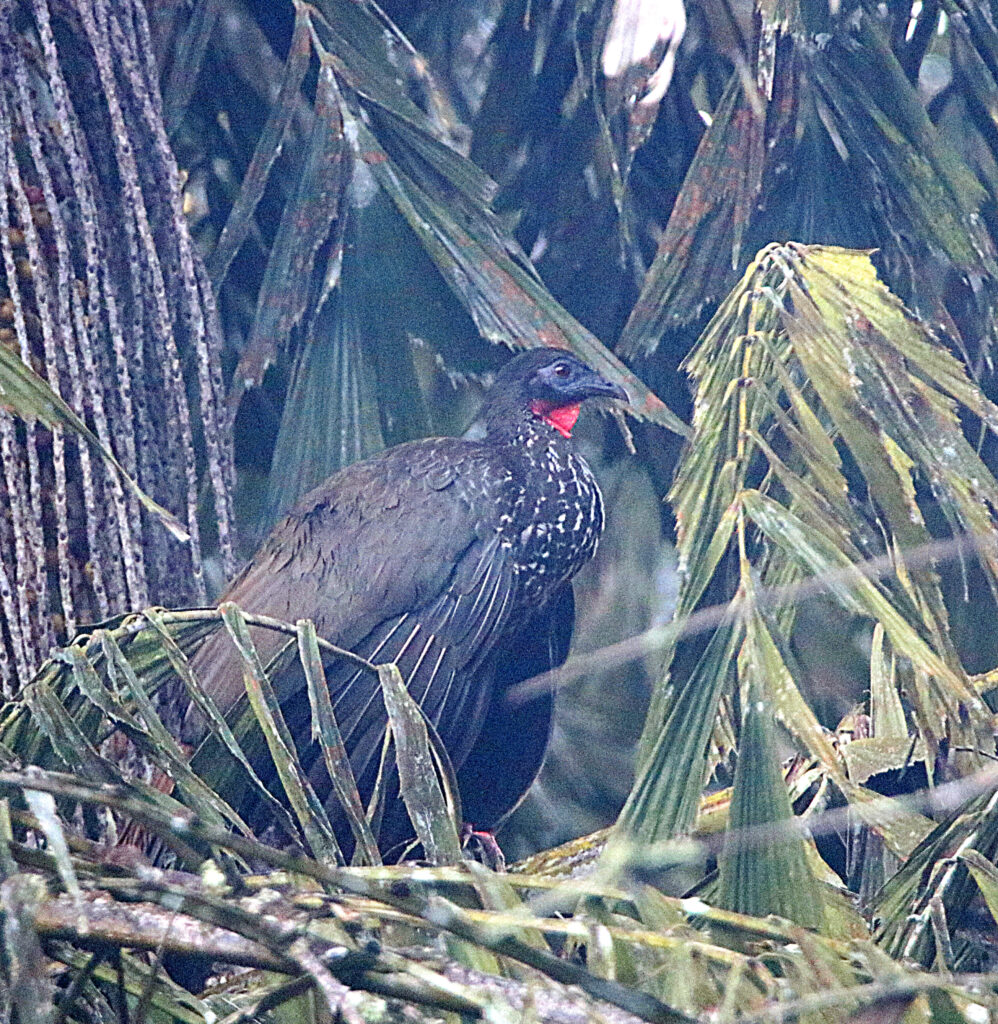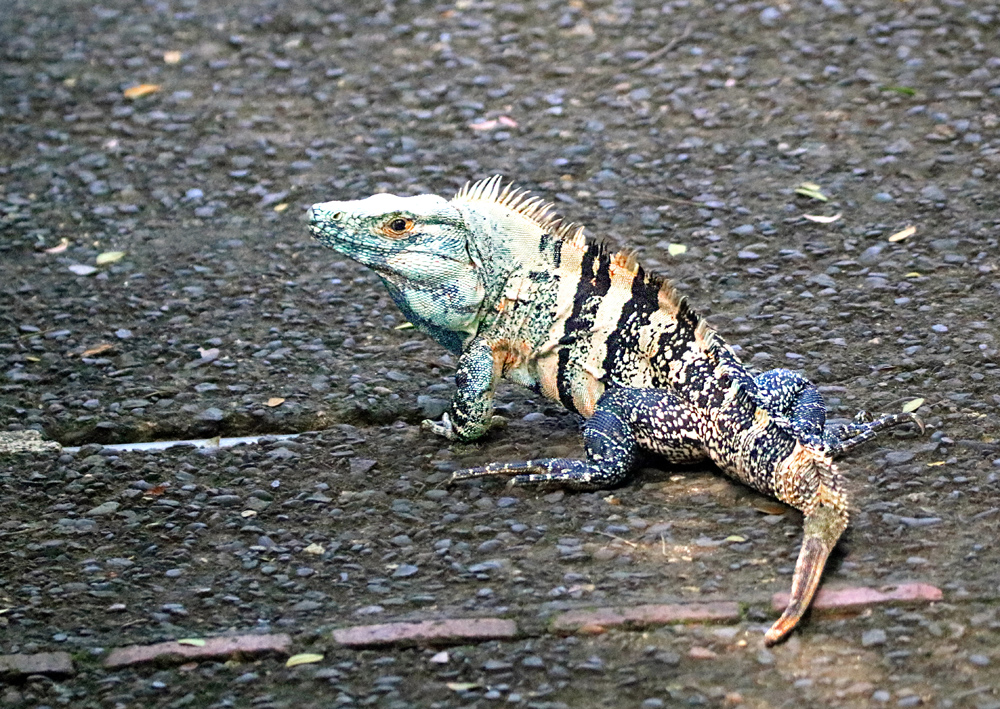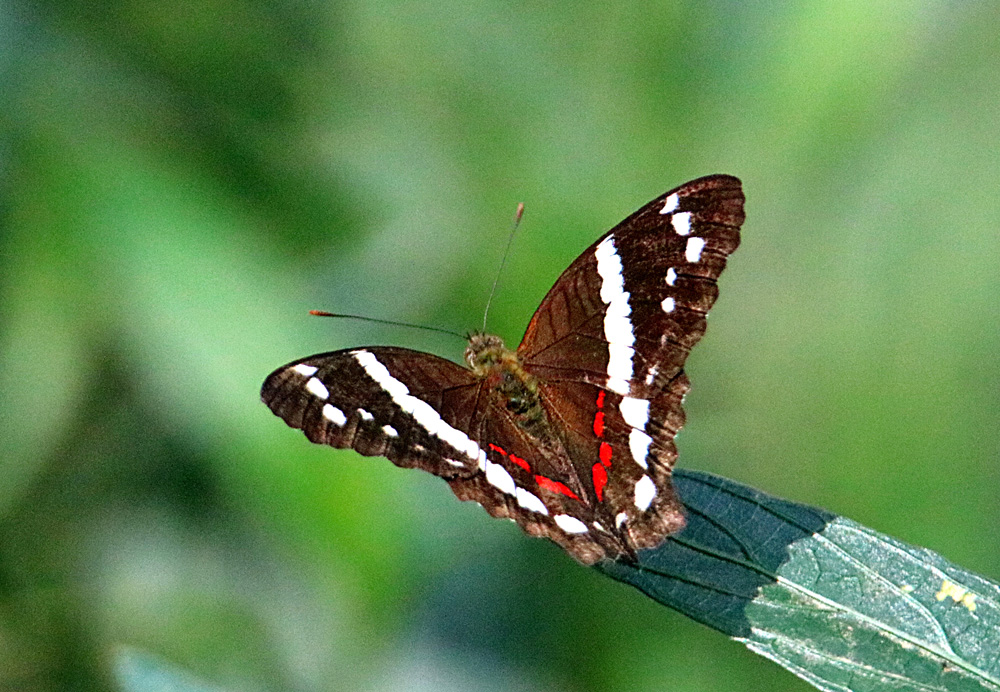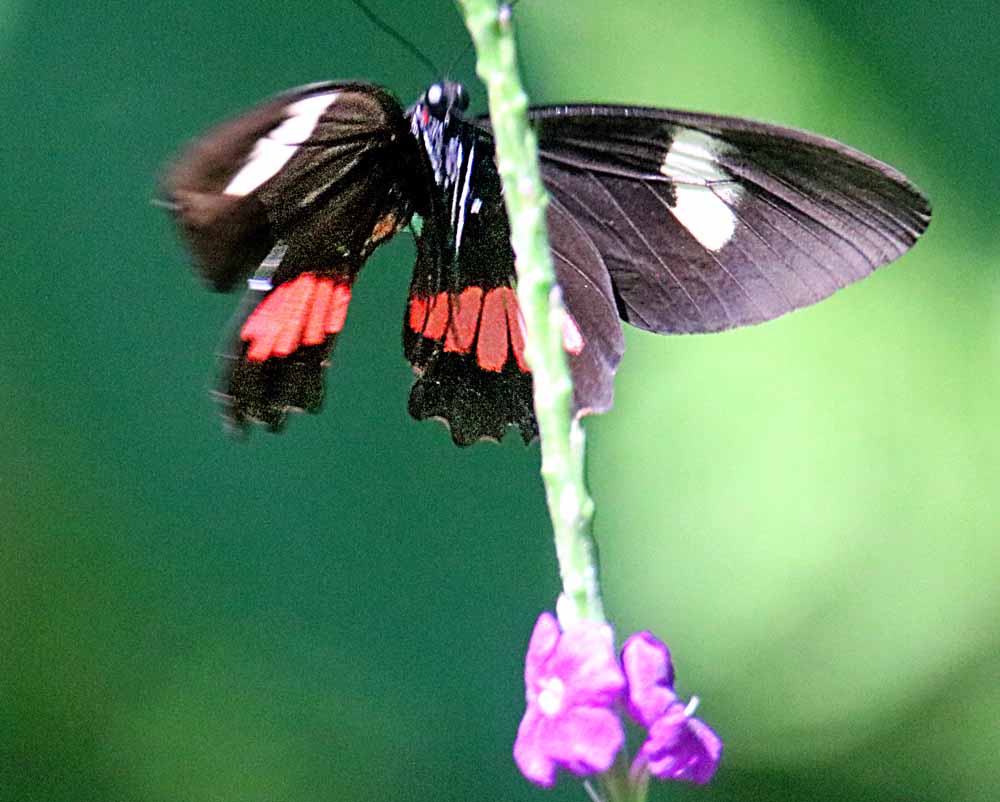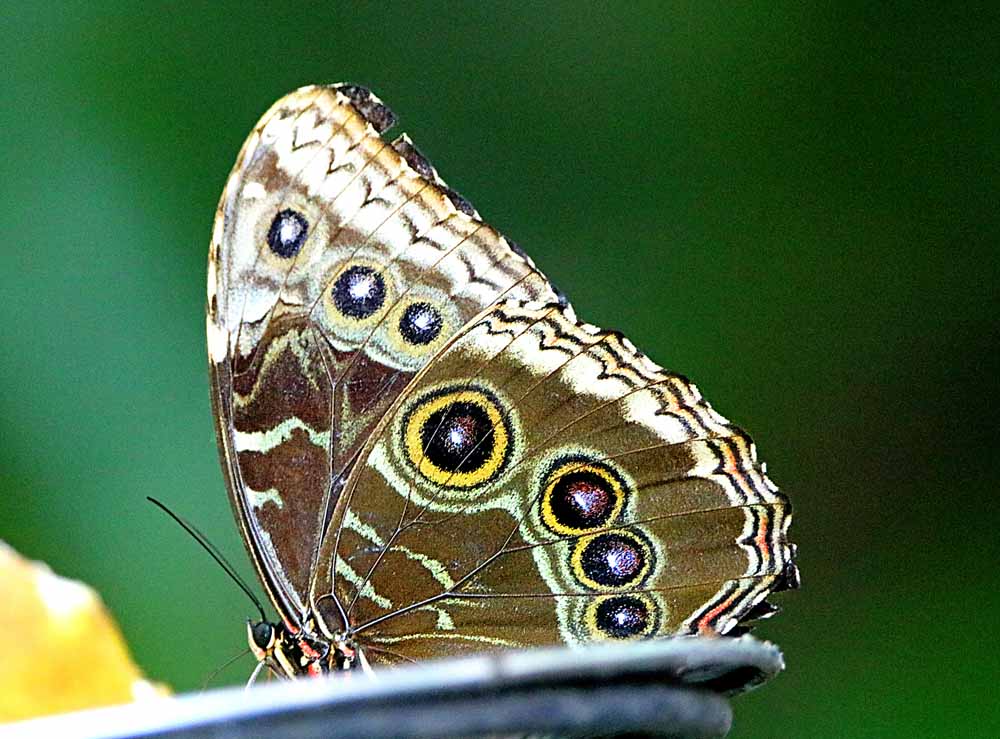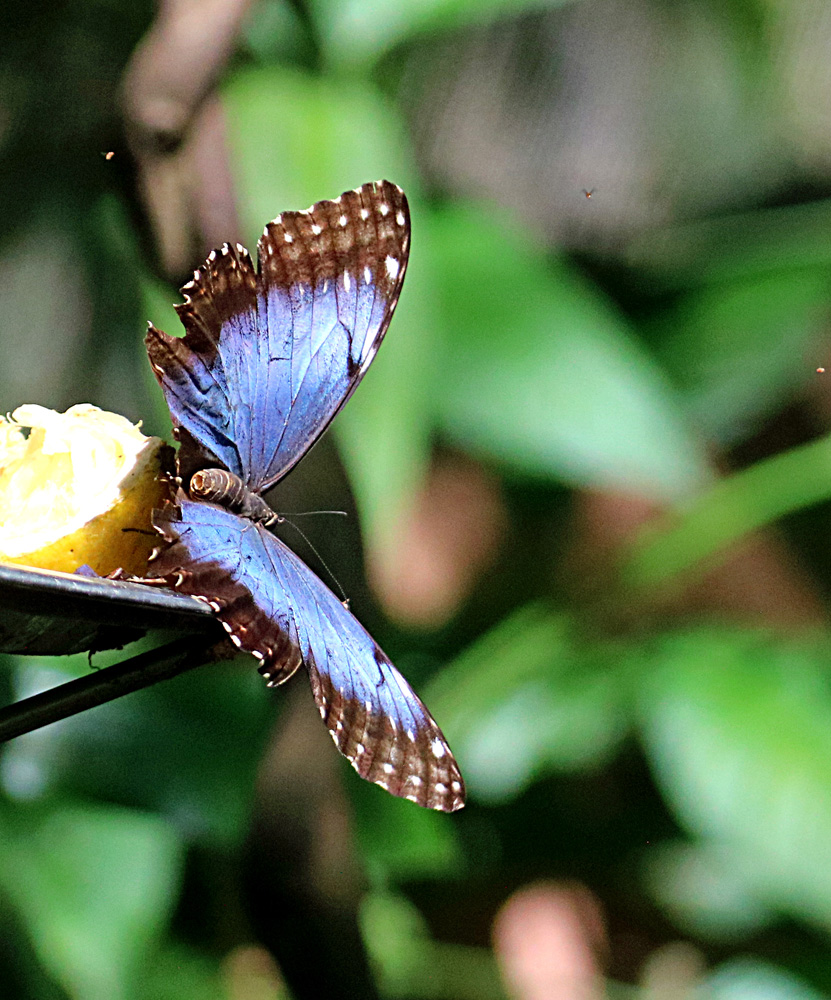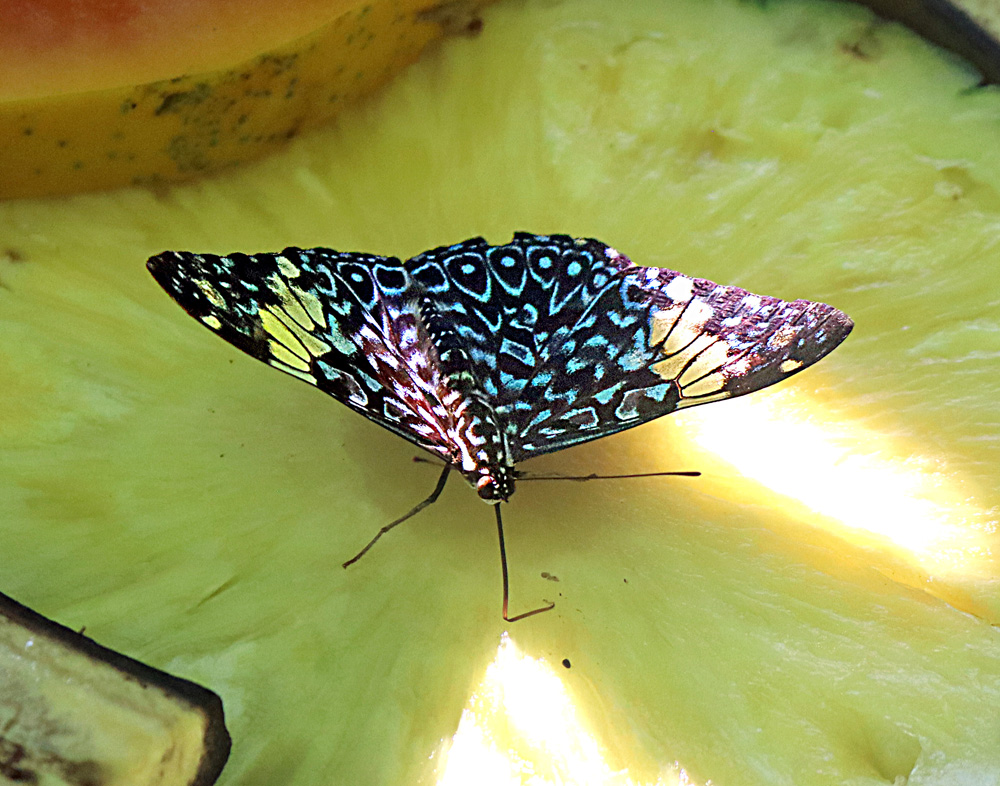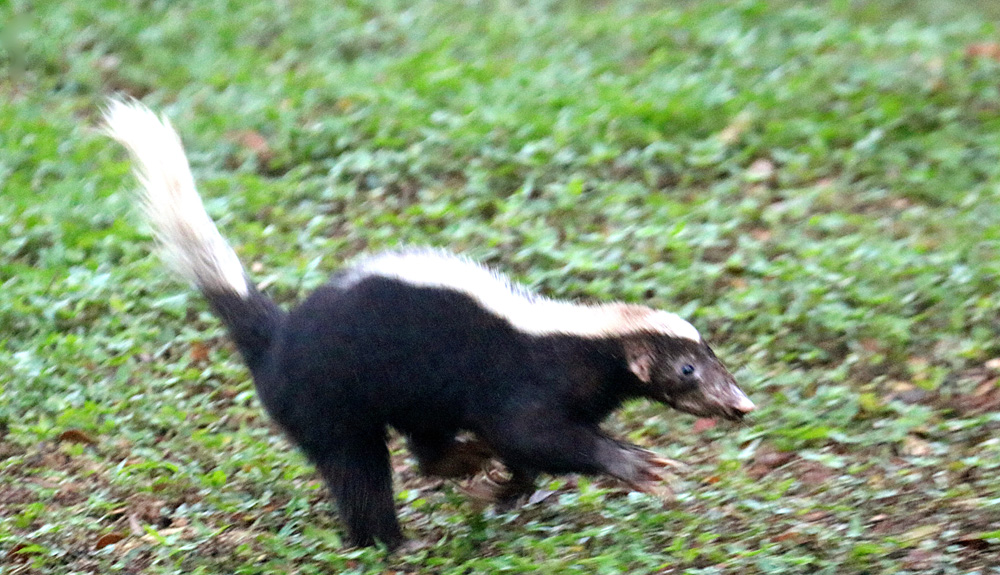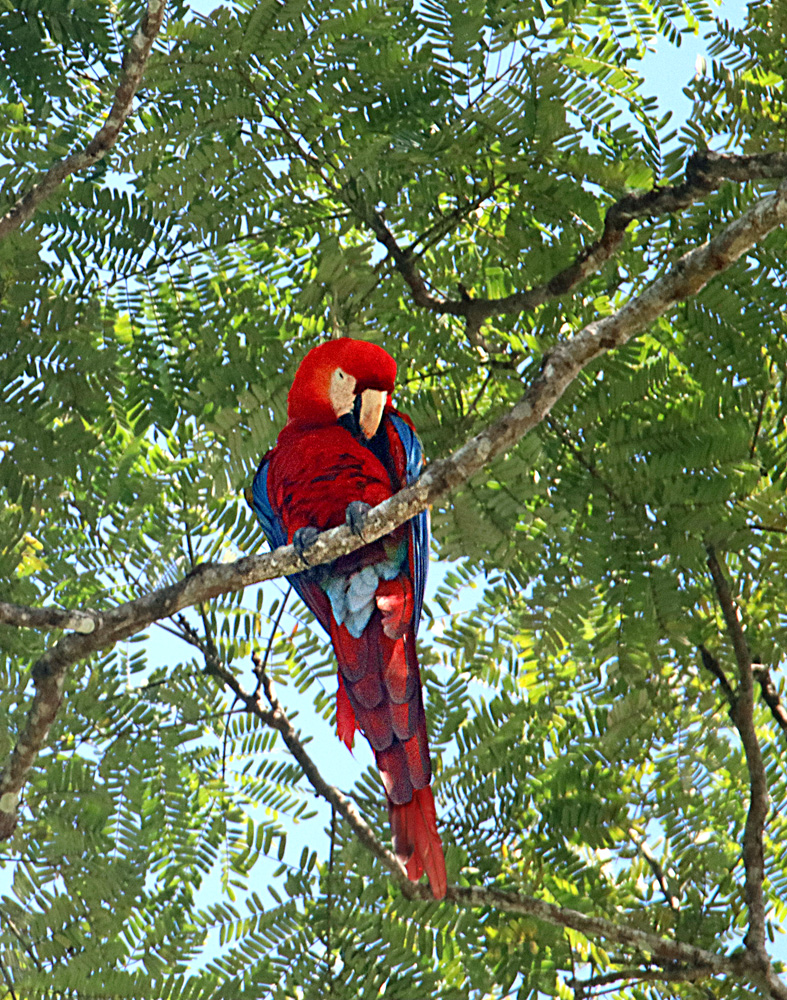This Pale Owl-Butterfly – Caligo telamonius (my gallery link) is one of several species in the Caligo Genus with the large eye spot on each wing so that when they spread their wings they may appear to a predator as a much larger animal (like an owl) and thus a defensive mechanism. Owl-butterflies are also one of the largest butterflies in Costa Rica. This one was spotted at Hotel Punta Leona Christmas Week. Some earlier sources called it the “Yellow-fronted Owl-Butterfly.”
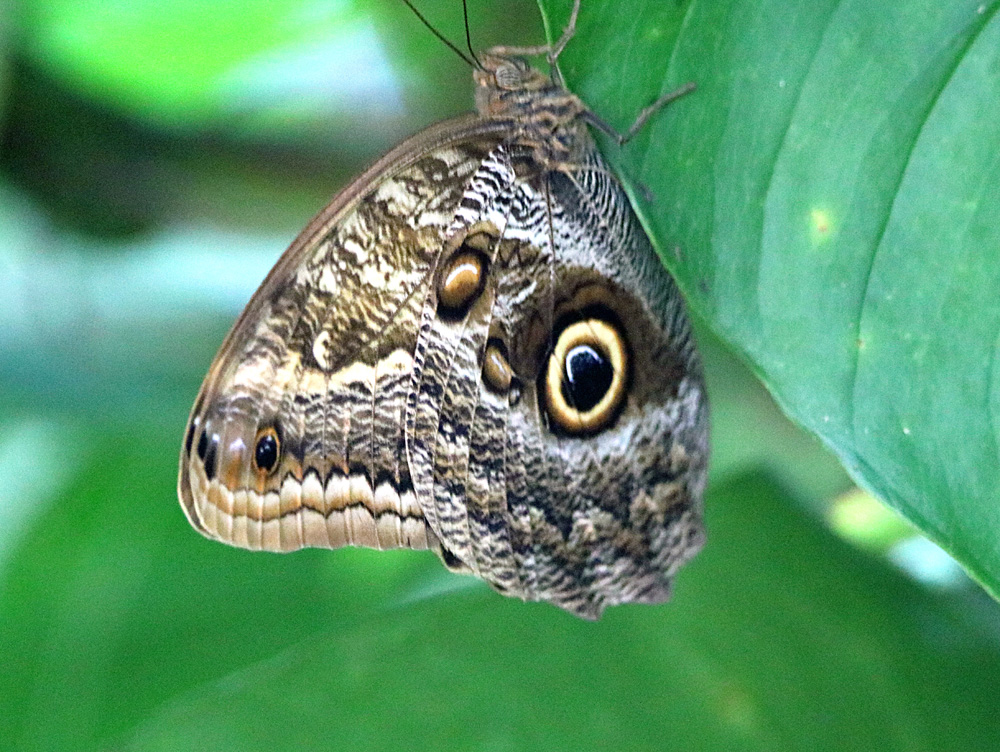
¡Pura Vida!
